When it comes to bugging out or mobile wilderness survival, clean water is an absolute necessity. Chances are that you won’t be able to carry enough water to sustain yourself, or you’ll run out after a few days; either way you’ll need fresh, clean water to drink and cook with. Fresh, clean drinking water doesn’t just bubble up from pristine springs anymore, though.
In an emergency situation, mobility is often a key component to surviving the initial disaster. Portable water filtration allows you much greater freedom to move around, as you will neither be tied to a certain water source nor will you be as heavily weighted down with the water you have to carry.
And at 8.3 pounds per gallon, don’t underestimate how heavy water can get. The average adult needs 2 – 3 liters a day, minimum, so having a reliable, portable method of effective water filtration or purification really comes in handy.
So, starting with the worst filtration methods and working our way up, let’s examine some of the common options for portable water filtration and purification.
If you have nothing else, a t-shirt or a bandana can be used as a makeshift water filter. Simply secure your shirt or bandana over the container of your choice and pour the water you wish to filter through the material of the shirt / bandana. This is a very down and dirty method of water filtration, which does nothing for microbes, bacteria or fine sediment, but t-shirt / bandana filtering will get leaves, twigs, rocks and other large sediment out of the water.
{adinserter usdeception}Once you’ve filtered your water through a shirt or bandana, if you have no other method of purifying your water at least boil it. Boiling your water will kill most pathogens and bacteria, although it won’t help with any heavy metals and other chemical contaminates. Remember when you’re at higher altitudes that the boiling temperature of water drops, so you’ll need to boil your water longer to achieve the sterilizing effects.
Activated charcoal filters are a slightly better form of water filtration than the shirt / bandana method, but they are far from perfect. Generally used in conjunct with another filtration method, activated charcoal filters are capable of cleaning the water of many impurities and absorbing heavy metals and other chemical pollutants in the water. One of the main uses of activated charcoal filters is in cleaning water of foul-tasting odors.
Another method of water purification, rather than filtration, is the use of iodine droplets or tablets. Iodine is often sold specifically as a survival tool for the purpose of purifying water, but it can also be used topically as a disinfectant and taken internally to reduce the uptake of radioactive iodine by the thyroid in the case of a nuclear event.
Used with boiling of the water and/or basic filtration, iodine treatment can render your water much safer to drink due to its antibacterial, antifungal, antimicrobial and anti-pathogenic effects. The only real downside of iodine treatment is that your water might taste slightly odd.
Finally, there is my personal favorite: the Katadyn Microfilter. With a re-cleanable ceramic filter designed to filter out all particles and organisms down to 0.2 microns and rated with a filter life of 13,000 gallons of water, the pocket Microfilter is a veritable beast. Katadyn makes a number of portable water filters, but this is their premier portable unit, and with good reason.
Weighing in at 20 ounces, the Katadyn Microfilter has a 20 year warranty from the manufacturer and is only 10 inches tall by 2.4 inches wide. Indeed, this portable filter is so cool that it comes with an outtake hose that will clip onto the rim of your water bottle or container and it has an internal gauge to indicate when you should replace the ceramic filtration element.
Output of the Microfilter is approximately 1 quart per minute, and the filter has a very convenient pump-action handle for ease of operation.
On the downside, the ceramic filter doesn’t last forever. In some cases ceramic filers of a similar design have become breeding grounds for the very bacteria and fungus that they filter out of the water, as well, though this hasn’t been known to be an issue with the Microfilter. Unfortunately, the Katadyn Microfilter comes with a rather steep price-tag, generally $270 – $300.
A final method, albeit not the most feasible of methods for most people, is the use of ultraviolet light (UV light) to purify water and kill microorganisms, pathogens and bacteria.
Regardless of which method of filtration or purification you use, always choose the best water you can to start with. Water from running streams and rivers is always preferable to water from still pools or ponds. If you have a tarp or bucket to collect it in, you can also collect rainwater for consumption; simply run it through your filter or purification system, boil it and use it. Beware of collecting water from rivers downstream of established cities, though, due to the frequency with which sewage overflows from the sewers and spills into the river.
This article has been written by Gaia Rady for Survivopedia.
© Survivopedia.com




























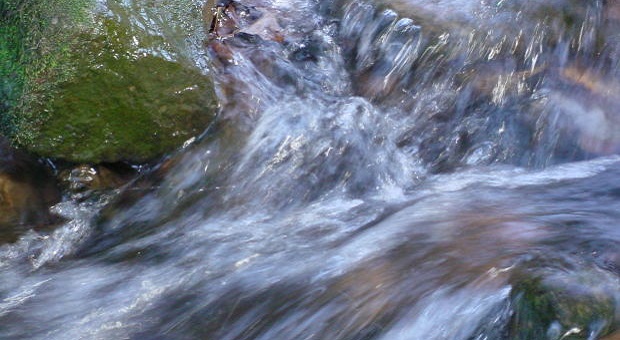

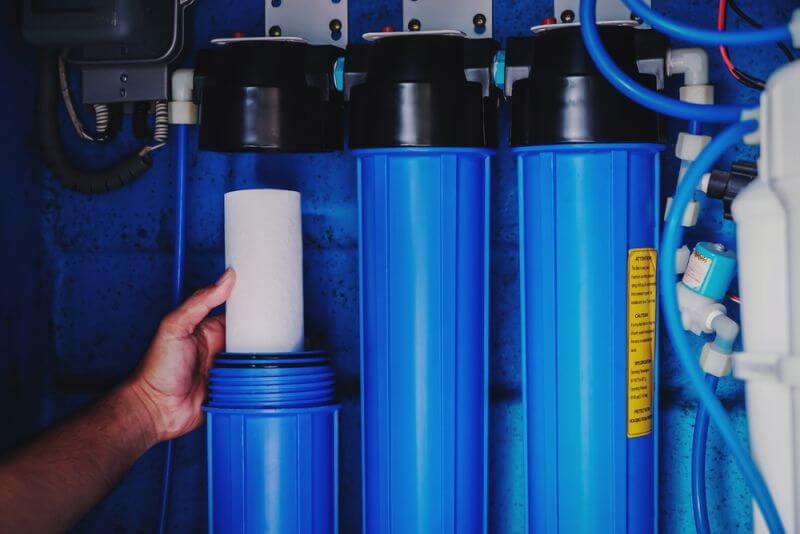

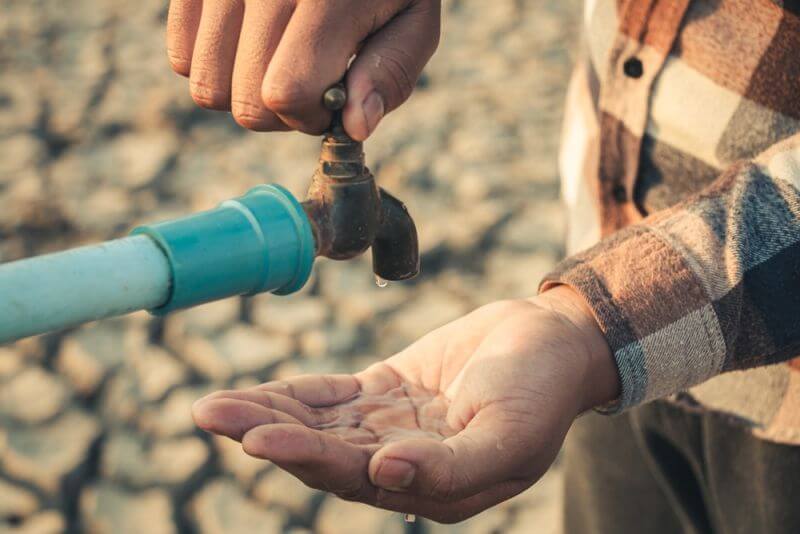
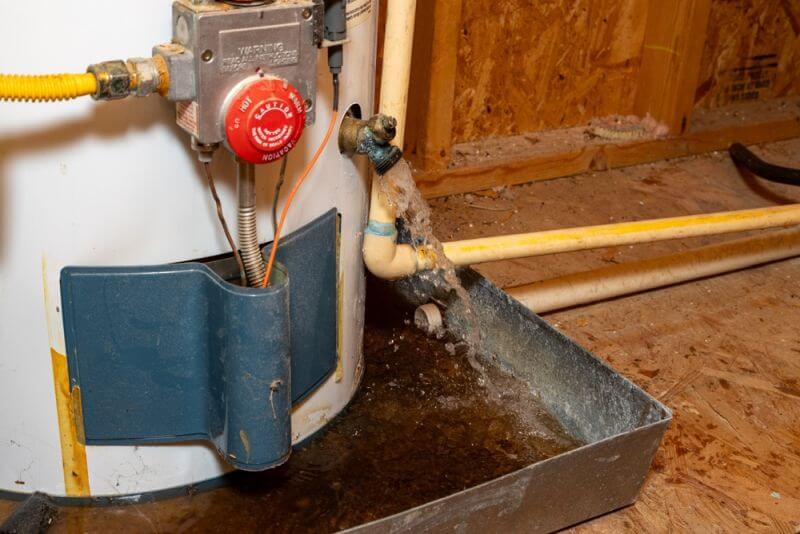
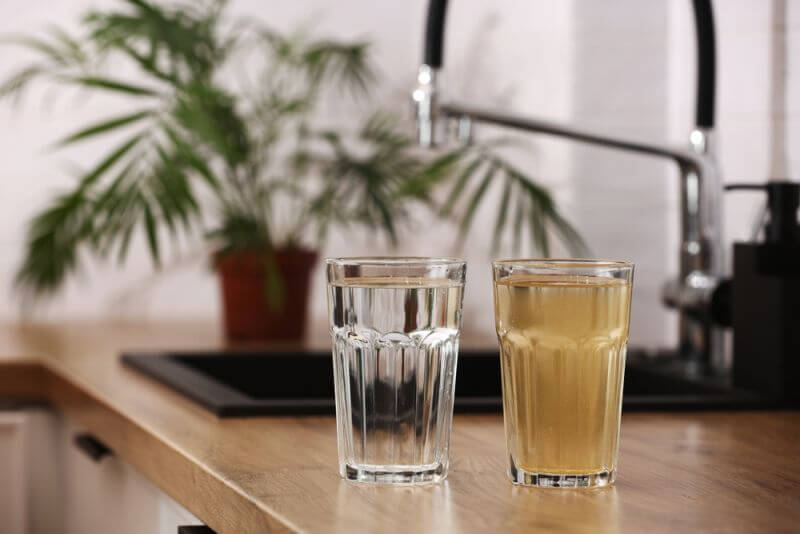







































Just wanted to make sure you saw my comment about the presentation about
cinnamon. The subject is fine but the fact that he said in thousands of words
what could have been said in 2-300 really pissed me off. There is NOOO reason
in the world that we have to put-up with 40-50 min of his bullshit!! By the end
of his diatribe, I was ready to smash my lptp!!! We must get 15-20 videos to
listen to. We’re busy too. Please check them out first.
I absolutely agree…who came up with the 40 minute bullshit video to sell some crap…The world is more efficient on all front except with these videos…I rarely watch them any more…Thanks for saving me the time…If a video pops up I delete the email and move on…
I almost died having the water when i got lost in the forrest
Thank you for this article. This is much better than the “weird trick” video you sent out a couple of days ago, which I did not finish watching, because I was so irritated after about 15 minutes of it. If you could always just extract the useful information from those videos and present it in written form like this, that would be extremely helpful. Thanks!
I clicked on the link and was relieved that an article popped up instead of your usual time-wasting videos. I will not watch another.
I too hate to waste my time watching these terribly done INFOMERCIALS that try their best to guilt you into buying their junk. If they would get to the point right away, I would feel it is worth my few, 1 to 3 minutes to watch it. Then make my mind up if I want to make a purchase instead of some butt head telling me I am stupid if I don’t buy thier line of BS. I have been deleting this type of BALOGNYMERCIALS for a long time. If you want to sell me something, remember that my time is at least as valuable to me, as your time is to you and cut through the BS.
Does anybody watch these videos online anymore? Economy of time is the key and I agree this information could be presented much better as two paragraph text display. maybe with few images.
hey, Alec Deacon here. Good point about the videos, some of them tend to be annoying. They do sponsor the free content we’re posting (and will continue to expand) on this site.The policy is to keep an articles-to-advertising ratio of at least 2:1 (changing it to 3:1 as of this week), but these ads will remain an essential part of our business.
However, it’s super-easy to opt out of our mailing list. And yeah, I know we’ll be losing some advertising revenue because of this. All our emails include an “unsubscribe” link at the bottom which you can use to erase yourself from our mailing list. You’ll still free to read our articles, no hard feelings.
The article has mostly good ideas. Now how about a true survival well? You simply carry a 20″ x 20″ piece of clear plastic sheeting such as you get from the cleaners.
When you run out of water from your canteen, you simply dig a sunny hole in the ground about 1 1/2 times as deep as your canteen with sloping sides so that the hole leaves a 5 inch overlap of the 20 x 20 piece of plastic sheeting when spread over the hole. Urinate in the hole. Place the canteen in the center of the hole with the cap taken off of the canteen. Spread the sheet plastic over the hole, anchoring the corners with rocks. Depress the center of the plastic with your finger until the plastic comes to a point just over the opening to the canteen. Let the sun shine. At the end of the day all of your urine plus other moisture in the ground will have evaporated from the heat of the sun and condensed out on the bottom of the plastic sheeting. It then runs down to the point and drips into the canteen. This is pure condensed bacteria free water also free of dissolved minerals. Drink with relish and when ready, replenish the hole with your own urine. And around and around it goes! It is especially effective in dry areas. You can survive on your own urine indefinitely.
Re: urine recycyling: NOT indefinite!! You yourself said there is evaporation. Duh!! That means you lose some every time! BUT—I have heard of this before and it is a good emergency dodge to get you thru a temporary situation. Also, altho you didn’t address it, this is a good way to get pure drinking water from other impure sources, such as rainwater runoff, standing pool under a rock in the desert, etc etc. Just pour the impure water into your well and condense good water back.
Sure, if you live in an area that has a lot of sun! lol I live in N.E. Ohio, rated second to Seattle, Washington for the least amount of sunshine. Thanks to lake Erie!
I understand that your advertisers need to sell product by providing a service on your site but why not make the option to have a written statement promoting their product instead of a LENGTHY audio/visual diatribe that doesn’t permit you to fast forward to the end if you prefer.
I can read a HELL of a lot faster than these snake-oil salesmen (not all of them are that bad, I’ll admit) but it has gotten to the point that if there is an audio/visual presentation, unless I am EXTREMELY interested, I just delete the message altogether.
That doesn’t do a darned thing for the promoter of the product OR your site since most of us become so irritated that we just delete the content anyway.
Just my $0.02 worth.
My sentiment is generally with the group above. I no longer watch the videos put out by that computer-speaker-program, which in the past draws diagrams while speaking. I still watch some videos put out by others; but if I don’t know the main point within the first three minutes, my sentiment is to X out the program immediately; and if it happens twice with the same sponsor, I designate the sponsoring organization’s emails as spam.
One other thing. Are you sure that UltraViolet Light will kill microbiologicals?
If you are sure, then you know what wavelengths of UV will best kill microbiologicals. If you are sure, then you know how much UV contact time is needed to kill microbiologicals; and also what distance the UV light source must be to the water supply in order for this form of radiation (e.g., light) to inflict its cure on germs; and you also know how much water clarity is necessary to kill all the germs, since cloudy water may block UV’s ability to penetrate all of the water; and you will know whether UV will pass through all/any glass, flat glass (like window pane glass), rounded glass (like a pipe). You will also know whether UV will pass through plastic. And you will know whether a $20 “Black Light”, sometimes referred to as ‘UV’ will work, or whether one must have a real UV system that may be similar to plumber’s UV (for disinfecting water in glass pipes), or hospital UV for airborn germs (like TB) above a patient’s bed, or UV for phosphorescent minerals or for the hidden diagrams or colors in stamps, dollars, etc. I once operated a Camp that had a UV purification system in its Dining Hall that shined upon an 18″ section of glass pipe; but an issue was raised whether fast water movement through that pipe gave enough UV time to purify all the biologicals that might be present. I also have a professional three wavelength UV light and have done a lot of online research about its applications. But, I have yet to find any definitive source of information about how much UV contact time is necessary to kill germs in a container, and pertaining to the size of the container and the volume of water it holds. Surely any UV application is better than no application (though portable UV requires some significant battery power, and the unit I carry requires non standard rechargable batteries). FEMA/Red Cross won’t recommend UV for emergency water probably for some of the same reasons I have addressed above. Certainly UV kills pathogens, but a lot more information is needed before anyone can employ UV in the proper ways to ensure that their water is safe to drink. It does not have to be your responsibility to figure it out; but if you have any links pertaining to portable UV disinfection of water, please share them. My point here is that just because something can work, in a certain circumstance, does not mean that it will work in all circumstances.
Water in a clear plastic bottle placed on a hot tin roof in direct sunlight (UV) and left there for a day is potable most of the time. Good when you are in the tropics and do not trust the water.
Found you through Backyard Liberty I would like to sign up
My suggestions for water are the very inexpensive Lifestraws ( best buy at http://www.mypatriotsupply.com) In addition to our grab&go bags etc. I keep one in each car in the glove box. I put it in a zip bag with a handful of coffee filters if pre-filtering is necessary. I also have a bottle of iodine in the same bag, for all it’s wonderful purposes ( best buy http://www.vitacost.com) Keeping these two items close by at all times will help you be prepared.
I would like to know how many people understand what structured water is?
Why can’t we just structure the water and put super natural silver into the water and drink it? We have been doing this for a year or so now.
By the way it also keeps our PH level closer to where it should be.
Why pay the dealer’s exioartbnt rate when this little filter twists off easily with a small adjustable wrench, found in nearly every household?Remember: Harley-Davidson found that the standard 5 micron filter was too restrictive on the XR1200 engine because the XR has twice the oil pressure of the regular XL Sportster. Don’t buy a regular Sportster filter for your XR1200 or XR1200X!KN-171B is BlackKN-171C is Chrome (The XR1200 is *not* a Chrome motorcycle, unless your screen name is magicrat)And, of course, be sure to swing by the XR1200 Owners Group (Google it, since I can’t post a link), and tell them JoeP sent ya!
About the UV light just search swordfish uv
Take a look at this, in case the prices of the Katadyn items put you off, either in cost, size or weight: http://www.youtube.com/watch?annotation_id=annotation_208852&feature=iv&src_vid=COO1VL2fMcE&v=bqLx7cPLYEE
And his filter is supposedly 1 micron as to the 2 micron of katadyn. Just seems like a neater and cheaper solution…
Otherwise, I thoroughly enjoy your articles, and keep up the good work..
Re overlong videos: Frequently when you close the video you will have a “stay on page” option -this will give you a written transcript which you can read & fast forward.
Long, long videos aren’t watched by me either. I automatically delete them. Please send a basic article. If the person can’t read, they can locate someone who will read to them.
I use the Seychelle pitcher,water straws and water bottles to filter my tap water. Also works with rain, pond, etc. water . They have regular filtering and even have the RAD filters which the Japanese are using to remove radiation. Check it out.
i almost died having the water when i got lost in the forrest